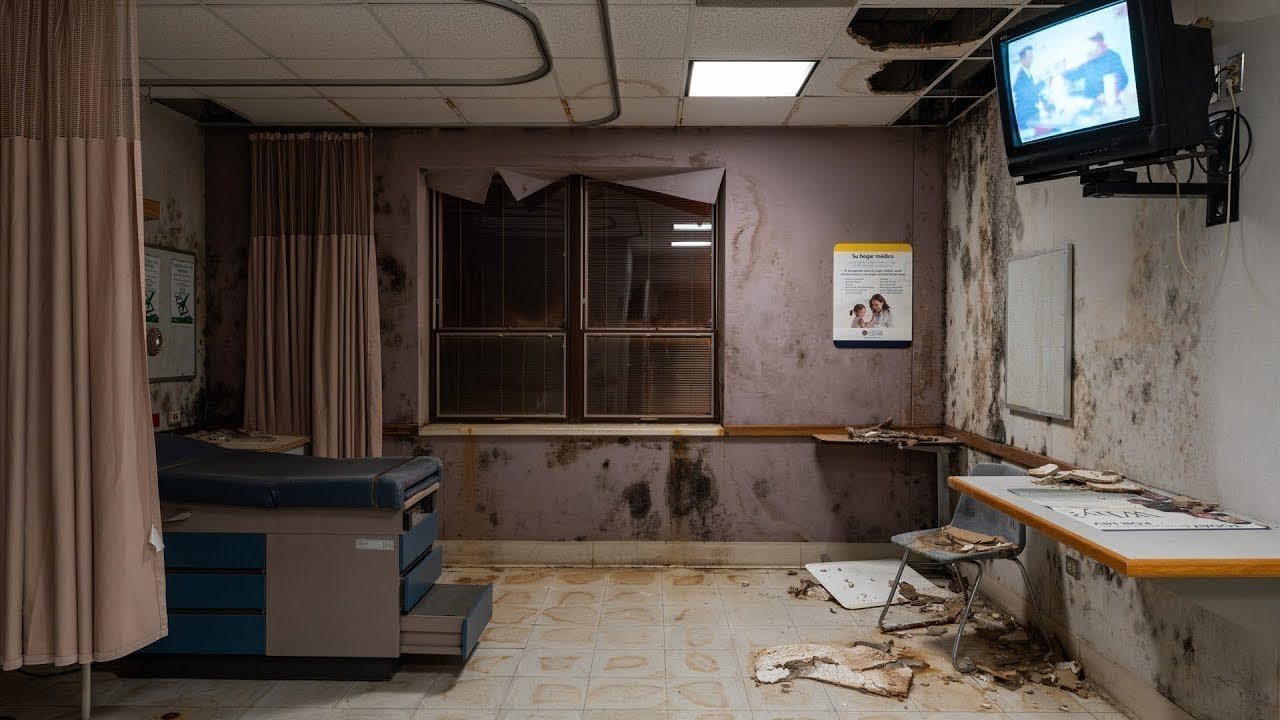If you’ve stumbled across error code 526, it’s essentially your computer waving its arms yelling, “Hey! I can’t connect securely!” This usually hints at a hiccup with your SSL certificate. Don’t worry; stick around, and I’ll guide you through this maze of mystery in no time.

- Key Takeaway #1: Understanding Error Code 526—it’s not as scary as it sounds!
- Key Takeaway #2: SSL certificates can be confusing, but knowing their role makes all the difference.
- Key Takeaway #3: Sometimes, all you need is a little guidance from your hosting provider.
Alright, let’s jump right in, shall we?

What is Error Code 526?
Error code 526 is like a little gremlin telling you that there’s trouble in paradise—specifically, your secure connection to a website. When this error pops up, it typically means that the server’s SSL certificate isn’t valid or can’t be verified. If you’ve ever tried to date someone who didn’t have their life together, you probably get the vibe. It’s just not safe!

Common Causes of Error Code 526
Now, picture this: you’re cruising along the internet, and bam! You hit a roadblock. Let’s explore the usual suspects behind error code 526:
- SSL Certificate Misconfiguration: This happens when the SSL certificate isn’t correctly set up on the server. It’s like trying to drive with the brakes on—nothing’s gonna work smoothly!
- Expired Certificates: SSL certificates come with expiration dates. If it’s past the due date, well, it’s time to bring out the confetti and renew that thing!
- Untrusted Certificate Authorities: Sometimes, the big boys at Cloudflare or your SSL certificate issuer decide they don’t trust your certificate. Being untrustworthy? Not a good look!
Understanding SSL Certificates
Think of an SSL certificate like a bouncer at a club; it verifies that you’re someone worth allowing in. In technical terms, it’s used to secure the connection between the website and your browser. Just as you wouldn’t want to enter a sketchy club, your browser won’t connect to a website that lacks a trusted SSL certificate. Makes sense, right?

How to Check Your SSL Certificate Status
Checking your SSL certificate status is as easy as pie. You can use various online tools—like SSL Labs—to check if your certificate is valid, expired, or troublesome in some way. Just pop in your website URL, and it’ll give you the scoop faster than gossip spreads in a small town!

Fixing SSL Certificate Issues
If your SSL certificate has gone rogue, here’s how to wrangle it back into submission:
- Renew the Certificate: If it’s expired, renewing it is as essential as making sure you have enough milk for your morning coffee.
- Reinstall the Certificate: Sometimes, a clean reinstall is all that’s needed to refresh things. Think of it like a reboot for your computer.
- Contact Support: When in doubt, reach out to your SSL provider. It’s like calling your mom when you need advice—sometimes you just need that extra help!
Verifying Your Server Configuration
Next up, verifying your server configuration. Ensure that it’s properly configured to accept the SSL certificates. If your server settings are as confused as a cat at a dog show, then you’re going to have issues. Double-check things like protocol support and ensure that the SSL settings line up. It’s like making sure all the pieces of a puzzle fit together before trying to picture what it looks like.
Using Cloudflare to Manage SSL Certificates
If you’re using Cloudflare, they take on the responsibility of managing SSL certificates for you, but sometimes the settings can get a little mixed up—like your socks in the dryer. Go to the SSL/TLS settings page in your Cloudflare dashboard and make sure your certificate settings are correct. It’s akin to making sure your GPS is set to the right destination—it keeps everything on track!
When to Contact Your Hosting Provider
Sometimes, despite your best efforts, you might just need to wave the white flag and reach out to your hosting provider. If you’re stuck in the thick of it, they can offer insights that could save you from tearing your hair out. Think of them as the trusty sidekick that swoops in when you’ve tried every other option.
Conclusion
Error code 526 may seem pesky at first, but understanding it and knowing how to troubleshoot it can feel like having the upper hand in a chess game. Just remember that SSL certificates play a crucial role in securing your website and connection. By following these steps, you can hopefully turn that frown upside down and get your website up and running securely again. Now go out there and surf those digital waves without a worry in the world!






















